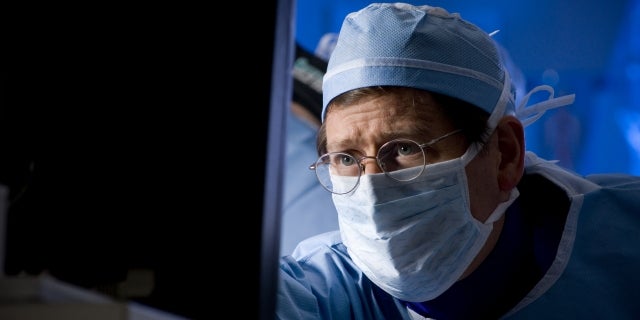March 2019 marked 30 years since the beginning of Oklahoma Heart Institute (OHI). In celebration of this milestone, Dr. Wayne Leimbach, one of the founders of OHI and current medical director, shared what technologies he has been most impressed with during this time and what’s he’s most excited to see in the future at OHI.
“When it comes to technology, there are many things that stand out to me,” said Leimbach. “Top of mind would be the interruption of heart attacks (myocardial infarction) with emergency opening of blocked blood vessels.”
Transcatheter aortic valve replacement (TAVR), a life-saving, minimally invasive procedure for patients with aortic stenosis is another procedure that has changed the way high-risk patients are treated.
“With TAVR, patients have a shorter recovery time and experience significantly less pain than with open heart surgery,” said Leimbach.
Extracorporeal Membrane Oxygenation (ECMO) and Ventricular Assist Device (VAD) also made Leimbach’s list.
“ECMO is for patients who are extremely sick due to acute heart and/or lung failure that is potentially reversible and unresponsive to conventional management,” said Leimbach. “ECMO is often used during a VAD procedure.”
Ablation therapy for atrial fibrillation (A-Fib), atrial flutter and ventricular dysrhythmias are all procedures that were adapted in recent years that can help eliminate A-Fib, while the advanced imaging like MRI, coronary CT angiography with fractional flow reserve and 3D transesophageal echo allow providers to make the most accurate evaluation of each patient.
As far as what the future holds, Leimbach is looking forward to seeing minimally invasive procedures to treat all valvular problems and coronary artery disease, complete prevention of coronary artery disease and impressive therapies for heart failure patients.

